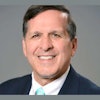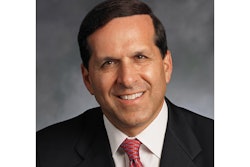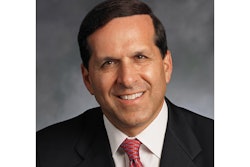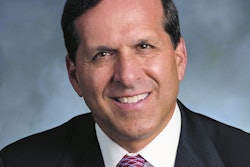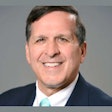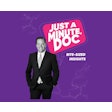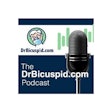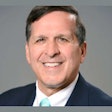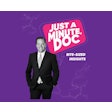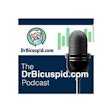Scheduling is an essential element of a successful dental practice. This should come as no surprise to any dentist. What might come as a surprise is that the right schedule allows you to increase production by 30% to 50%. Many dentists work hard and are extremely busy and that leads them to think that they cannot handle any further volume. However, certain scheduling principles can allow for increased capacity with even less fatigue and stress.
The flow of the day
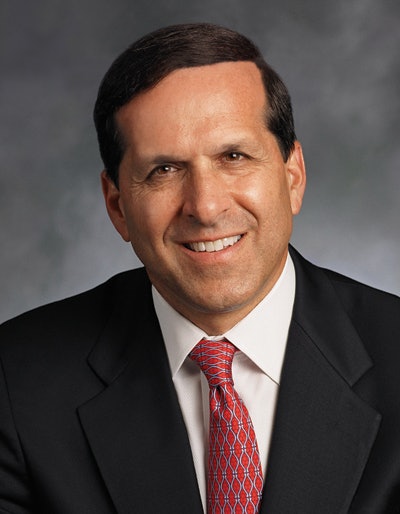 Dr. Roger P. Levin.
Dr. Roger P. Levin.
The atmosphere inside of an efficient, high-producing dental practice might surprise many people. It is not stressful; it is not chaotic, and it is not out of control.
Dentists believe that to increase production they have to work harder and faster, but the opposite is often true. High-production practices have a smooth "flow of the day" that includes little time for inefficiency, breakdown, or chaos. The dentist and team work as a choreographed group, knowing exactly what to do as each patient is seated, treated, and completed.
How do you create a smooth flow throughout the day? By having a very well-defined scheduling system. Let's take an example …
Moving patients into the right appointments
Patients often request, require, or even demand certain appointments, and it is easier for the front-desk scheduling team to cave in and give it to them than to work through a set of scripts designed to keep the schedule in the proper order and aligned with the practice's daily production goal.
When patients request specific types of appointments, such as "I can only come in the morning," the front-desk staff needs to know what to say and do. Typically, they will buckle and violate the scheduling principles to accommodate the patient.
But the truth is the patient will adjust if the scripting explains the rationale and the benefit for them. Words such as "Mrs. Jones, we typically see this type of appointment in the afternoon so that Dr. Jones can give you his full attention." This type of simple scripting is well understood by patients who will then make exceptions on their end to come to the dentist at a time that is less convenient for them.
They still leave happy, satisfied, and appreciative if the scripting is positive, supportive, and informative. Do not underestimate how powerful scripting is when it comes to moving patients into the right appointment.
Does this work every time? Of course not, but I would estimate that it does work 99 times out of 100. Most people are reasonable and cooperative if they understand the reasons why.
Let's reverse the above scenario. A patient needs a complex procedure but only wants to come "after work." This will be exhausting for the doctor and team and often leads to running late, which stresses everyone out due to their after-work responsibilities.
The scripting does not change much. "Mrs. Jones, I can certainly understand why you would prefer to come after work, but Dr. Smith reserves time in the mornings for these procedures due to the complexity in order to give you his complete attention." What patient would respond by stating that they still want to come in the afternoon and have less attention?
Moving patients to the right appointments is one of the critical elements of scheduling. It must be part of the scheduling system, and the team needs to be trained.
But here's where the breakdown occurs. Many staff members do not want to go back and forth with patients, in a positive way, to move them to the right appointment. It is easier to make the exception and feel that it's good customer service.
The patient may like it, but it blows up the practice schedule, which ripples out and creates other types of problems and often lowers production. The more frequently exceptions are made, the more the exceptions become normal and then the exceptions become the rule, which is not good in any dimension.
New patients
New patients are often one of the challenges for practices. It is not that they cannot find time for the new patients, but they do not recognize the importance of new patients on practice production.
New patients typically have a 200% to 300% higher financial value to the practice in their first 12 months than the average current active patient. Each month the practice should know exactly how many new-patient blocks they need to place in the schedule and make them available to new patients.
This sounds great in theory, but what often happens in real life? The same thing we talked about earlier: exceptions. A new-patient block is given away to an emergency. A new-patient block is given away to a complex case or a patient who should be in the morning but will only come in the afternoon.
I'll say it once again: Exceptions are easier, faster, and patients end up satisfied, which reinforces that the exception was a good idea -- except it wasn't. Again, exceptions become the rule, new-patient blocks disappear, and typically production ends up lower.
The scheduling system needs to be followed. Your allocation of new-patient blocks each month should be reserved for new patients unless they can't be filled 48 hours in advance. Then you can open that time up to other patients. In most cases, you know the average number of new patients that will be coming in, and you want to bring them into the practice in a timely manner to add them as active patients.
Overdue patients
Most practices do not think of overdue patients as part of the scheduling system, but they are a critical element. Overdue patients cost practices millions of dollars over a typical 36-year career. They haven't left the practice, but they are now off-cycle, and those cycles will not be made up. Every year practices lose significant production on overdue patients.
Imagine a scheduling system where every day overdue patients are contacted until the percentage of overdue patients is extremely low. But when you contact these patients, you have to have somewhere to put them.
You do not want to contact an overdue patient to tell them you can see them in 12 weeks. It won't work. What will work is to have blocks in the schedule for overdue patients. Keeping your overdue patients on schedule adds to annual and lifetime production and is part of the scheduling system.
Scheduling is the most critical system in the dental practice. It is much broader than many dentists or office managers understand, but when the principles are properly followed, most practices can grow by 30% to 50%. In an era where overhead and inflation are higher and increasing production is the best way to continue to increase profitability every year, you need an excellent scheduling system, clear principles, and a well-trained team.
Dr. Roger P. Levin is CEO of Levin Group, a leading practice management and marketing consulting firm. To contact him or to join the 40,000 dental professionals who receive his Practice Production Tip of the Day, visit LevinGroup.com or email [email protected].
The comments and observations expressed herein do not necessarily reflect the opinions ofDrBicuspid.com, nor should they be construed as an endorsement or admonishment of any particular idea, vendor, or organization.

